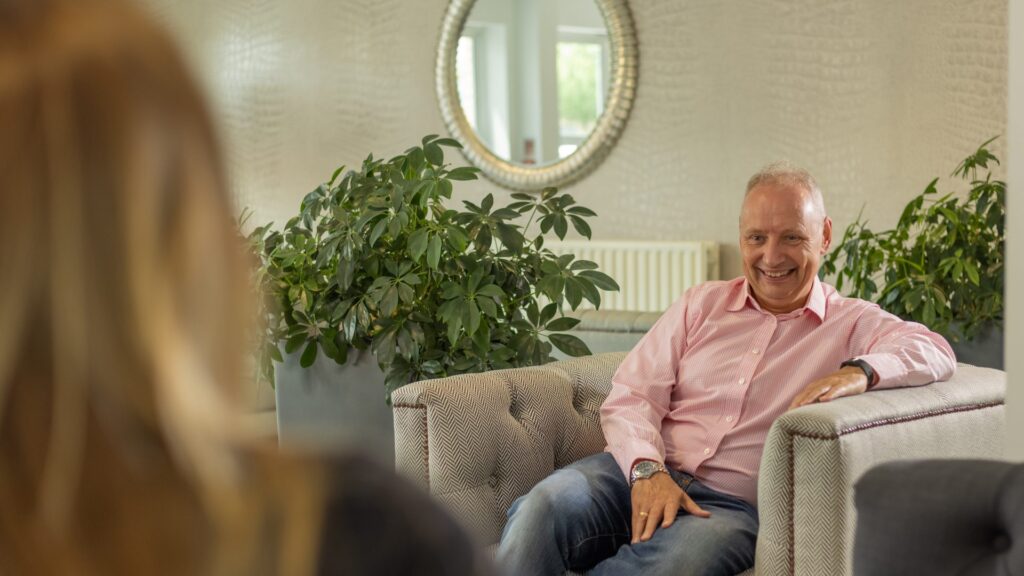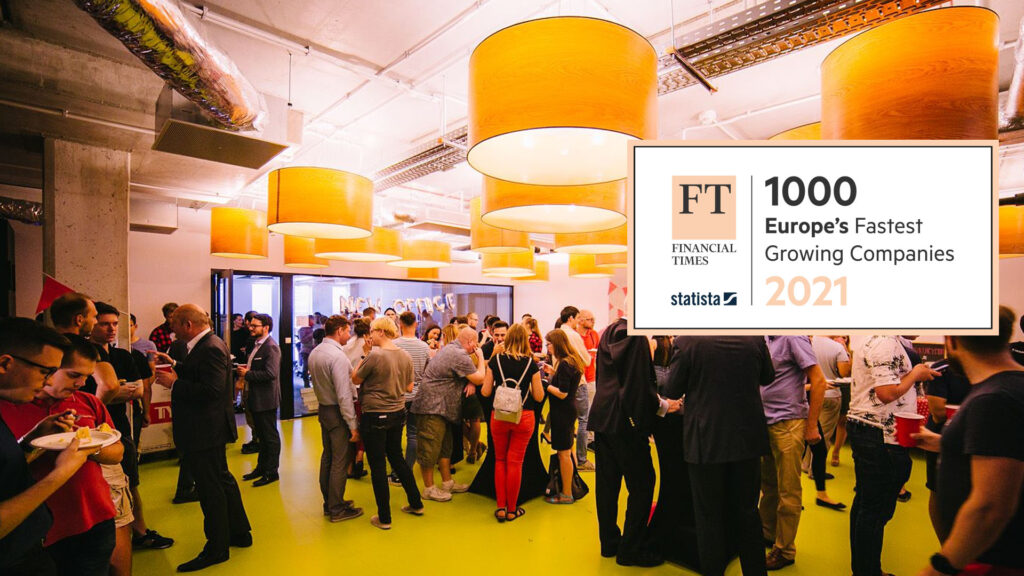Build-Operate-Transfer: an alternative to the dedicated development team model
With hybrid and remote working becoming the norm, organisations often face the challenge of quickly assembling effective, cross-functional teams. Building a dedicated development team may seem like the obvious solution, but it comes with its own complexities – especially when time is of the essence and concerns about security, intellectual property and operational alignment arise.
According to the UK IT Outsourcing Survey, conducted by PA Consulting and Whitelane Research, the IT outsourcing sector represents over £15 billion of annual spend among more than 250 of the UK’s largest IT service users. However, two key concerns dominate the minds of customers: 74% are concerned about retaining and owning their intellectual property, while 75% emphasise the importance of maintaining agile working as their primary organisational model.
This demand for security, flexibility and alignment with best practices highlights the need for alternative collaboration models. Enter the Build-Operate-Transfer (BOT) model – a strategic approach that addresses these concerns head-on. The BOT model enables companies to build customised, high-performing teams that align with their values, while retaining full intellectual property rights and fostering operational agility.
In this article, we explore how the BOT model works, its unique benefits and why it is emerging as a powerful alternative to traditional outsourcing approaches.
What is Build-Operate-Transfer in the IT industry?
Build-Operate-Transfer is the collaboration between two business partners when one of them (service provider) builds, sets up and runs a certain service delivery operation together with a team, which is responsible completing the tasks. This team, including all its processes, resources and intellectual property is then transferred into the other company’s (buyer) organisational structure after a period determined in the contract signed by both partners.
Build-Operate-Transfer refers to both the operational model and the process itself. Although it’s been used primarily to describe partnerships between public agencies and private companies, it’s now widely used in the IT industry as well.
What’s important to note is that the transfer phase happens when all elements of the organisational set up are in place, and the team is fully operational. The fact that you get a finished and working structure that you can easily and conveniently include in your company is perhaps the biggest benefit of the model.
Before the transfer phase, there are two crucial stages of making the BOT model work for you. They are the Build phase and the Operate phase.
Let’s go through these to find out what they really mean.
Build Phase
This is the stage where you plan, analyse and set things up, so that everything runs smoothly later on. Once you agree on the terms and the scope of your collaboration, you work with your partner to complete a thorough analysis of your requirements and needs. You also share as much as you can about your company culture, your processes, the technologies your teams use and your business goals. Once the information is fully transferred, your partner starts the process of securing the necessary technologies, team members, office space and equipment, depending on what your project calls for.
Operate Phase
The Operate phase can last for as long as you need it to be and usually it’s much longer than the Build phase. This extended period gives both sides enough time to make sure that all processes are aligned. Your business partner is responsible for all of them at this stage, so you need to ensure that you communicate as often as possible, preferably on a daily basis, to ensure that you’re on the same page. During this phase you must also secure time and resources for training the team to fully support them as they’re setting up. This usually requires help from your or your partner’s HR department. They can conduct a series of workshops followed by with 1-on-1 meetings with all the team members.
Transfer Phase
This is the last stage of the collaboration, and it’s the point at which you transfer all resources into your organisational structure within a certain time frame and following the procedure defined in the initial partnership contract.
Build-Operate-Transfer vs dedicated team
So, how does the BOT model differ from a dedicated team partnership where you have a group of people working within your business partner’s organisational structures? On the surface, it doesn’t look that different. In both models, you have a team that’s not part of your company, working exclusively on your project.
The two main differentiators are: keeping your intellectual property even after you’ve transferred the individuals into your structure, and, the knowledge and resources transfer. With the dedicated team model, once you end your collaboration with an external services provider, all of the expertise resources are gone. If you want to rebuild these within your own business, it takes a lot of time, patience and most importantly, skills to do it the right way.
Benefits of the Build-Operate-Transfer model
The Build-Operate-Transfer model is without a doubt the most secure and convenient collaboration model out there. Its other advantages include:
Cost and risk reduction
This is probably the biggest factor for choosing this operational model. Building your own subsidiary can be time- and budget-consuming, especially for early-stage enterprises that need that extra support when they’re building their structure from ground up. BOT allows you to outsource or transfer setting up the necessary processes and a team, to someone else, your trusted technological partner. As they’ve been on the market for a while, they’re already knowledgeable about how to do it in the most efficient and cost-reducing way. To put it simply, using BOT model is cheaper and more secure when it comes to business risk than insourcing.
Complete alignment of your company culture
As mentioned above, one of your concerns may be that you won’t be able to keep your way of working and company culture intact while you’re outsourcing some parts of your business to a business partner. This is not the case with BOT as the model requires you to share your best practices, process and communication frameworks with the outsourced team right from the start. This makes the transfer stage much easier as you don’t need to spend much time familiarising the team members on how your company operates and how the information is exchanged between employees.
Full control over operational structure and processes
You can share your existing project management process, Agile methodology processes and methods with the outsourced team. You simply need to agree on what you’d like the operational structure and processes to be within your partner’s organisation, so there won’t be any concerns about things not being done the usual way, once you go into the Transfer phase of the BOT model.
Increased responsiveness to any business changes
The Build-Operate-Transfer model provides you with enough flexibility to allow you to either transfer the team and resources much quicker that the agreed time period or, prolong it within the outsourcing cooperation model if needed.
Local knowledge
Knowing what works and what doesn’t in the local marketplace is crucial for succeeding as a global company. It may be that the processes or communication style you’ve chosen for your company will not work for external teams located in other countries, even if you run them on an offshore basis. Having a technological partner that will be able to support you locally and give your directions on how to adapt some parts of your business operations to regional specifics, may be exactly what you need. It’s particularly important if working within the Build-Operate-Transfer model is your first dive into building an international business.
The team will become a part of your company after an agreed period
That’s it. You don’t have to worry about finding new team members when you need to extend your own teams. Once the build and operate stages of the process are over, the team that you’ve provided with insights and training on your company culture, as well as its intellectual property can be smoothly blended with your internal teams, at a fraction of cost.
Spyrosoft and BOT
Spyrosoft has already successful implemented the BOT operational model with some of business partners.
We finalised the resources transfer and set up a subsidiary with one of our business partners with a dedicated team already working on their project within Spyrosoft.
If you’d like to know more on how we’ve used BOT at Spyrosoft or you’re ready to start this journey with us, get in touch with our UK based CEO, Supervisory Board Member and Spyrosoft Co-Founder, Andrew Radcliffe via LinkedIn or send him an email.
Wrapping up
Hopefully, this article has helped you understand what the Build-Operate-Transfer model is and addressed some of your concerns around this type of engagement. If I had to leave you with just one crucial thing that the BOT partnership offers businesses it’s flexibility. The model allows you to stay responsive to the changes and from my perspective, that’s exactly what your competitive advantage may be built on.
About the author
RECOMMENDED ARTICLES





